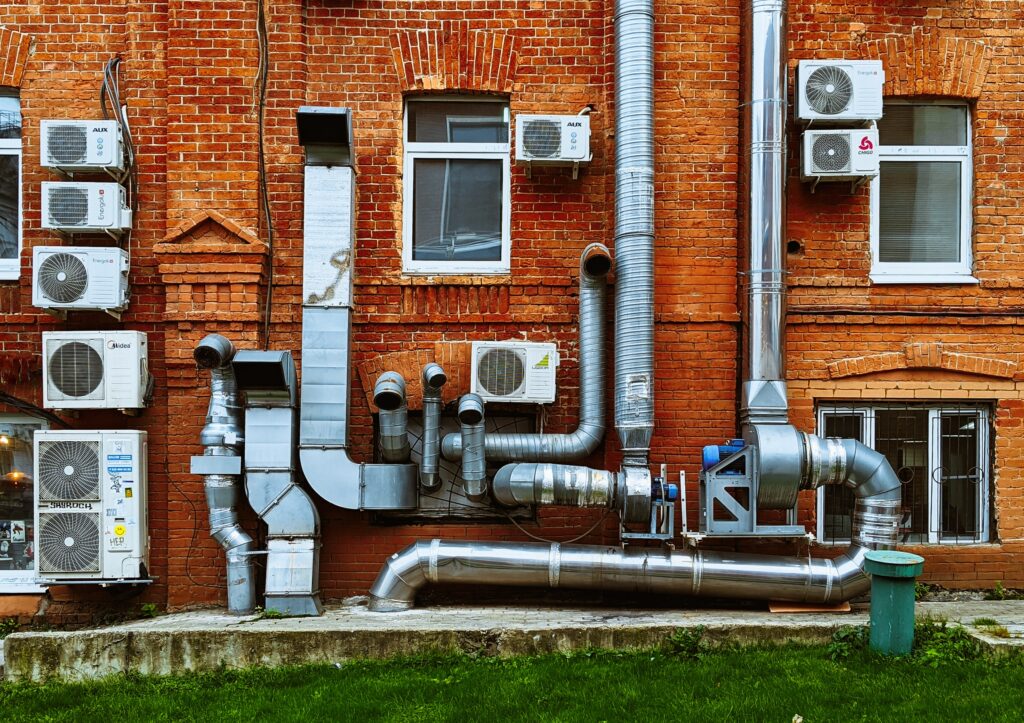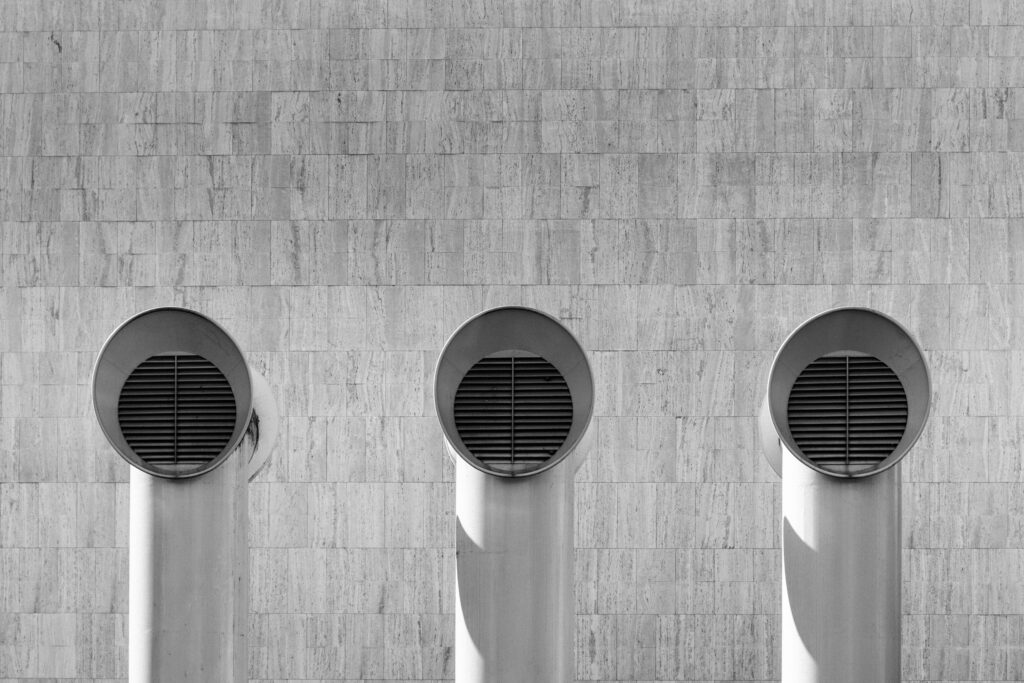In recent years, the need for effective ventilation systems has become increasingly important. Properly ventilating your home or workspace is key to providing a healthy and comfortable environment.
Ventilation systems can help reduce humidity levels, control odors, and even improve energy efficiency. With so much to gain from having an efficient ventilation system in place, it’s no wonder more people are looking into building one for their own space.
In this article, we will explore the basics of constructing a ventilation system and what you need to know before getting started. We’ll discuss why proper ventilation is important, the different types of systems available on the market today, as well as how to install and maintain them properly over time.

Find Quality Components
The first step to constructing a ventilation system is finding the right components for your specific space. Different types of buildings, such as apartments or office spaces, have varying needs when it comes to ventilation.
Make sure you research what type of system best suits your environment and purchase quality products that can handle the job. Researching the proper size and amount of ventilation is also important.
Too much or too little can cause problems down the road, including a lack of fresh air or an increase in energy costs. You might need equipment such as a 10 inch inline fan or a centrifugal fan for maximum ventilation. It’s also important to look for components that are approved by local building codes.
Consider Your Budget
It’s also important to plan your budget carefully when constructing a ventilation system. Prices can vary depending on the type of components you need, so it’s important to research different suppliers and products before making any purchases.
Make sure you factor in the cost of installation as well. Professional installation is often recommended for larger or more complicated systems.
Your budget should also take into account the potential for future maintenance and repairs. Make sure you set aside some funds in case you need to replace a component or two down the line.
Compare Prices And Features
When you’re looking for a ventilation system, the cost is an important factor. It’s important to compare prices and features of the different systems so that you can determine what best fits your needs and budget.
One way to start researching different types of ventilation systems is by visiting websites that provide reviews from users.
These websites can help you compare the systems in terms of features and cost. They may also provide information on warranty coverage, service plans, and installation costs.
When researching ventilation systems, it’s important to consider factors such as energy efficiency, noise level, and filter options.
If a system is not efficient or too loud, it may not be suitable for your needs. Additionally, you should consider the type of filter that is needed to keep the air clean and free from pollutants.
Another part of comparing ventilation systems is looking into their installation process. Some systems are easier to install than others, so you’ll want to factor this into your decision.
Choose Proper Placement and Installation
Once you have the right components, it’s time to install them properly in your space. Make sure you understand how the system works before attempting to install it yourself.
Professional help may be necessary if you are unfamiliar with the process or have never installed a ventilation system before.
Proper placement and installation of components are key to the success of your ventilation system. If done incorrectly, it can result in poor air quality or even damage to the property.
When choosing a place to install the system, make sure it is away from any sources of heat or moisture. This will help ensure that the system works properly and does not negatively impact your home or workspace. Additionally, consider how you want to control the system before installation.
Many systems now have remote-controlled fans and other components which can be managed via a smartphone app or web interface.
Maintain Your System Regularly
Make sure you are regularly maintaining your ventilation system once it’s installed. This means cleaning any filters, checking that the fans are running properly, and inspecting ducts for any damage or blockages. Additionally, check the system’s insulation once a year to make sure it is effective.
If you do not regularly maintain your ventilation system, it may not be able to operate at full capacity, resulting in poor air circulation in your home or business.
It is also important to replace parts of the ventilation system when necessary. This may include fans, filters, and air ducts.
Over time, these components can become worn down and might need to be replaced in order for your ventilation system to continue functioning properly.
Make sure to monitor the condition of your system’s components in order to determine when they need to be replaced.
Replace Your System On Time
When it comes to your ventilation system, you should replace the unit at least once every five years if you want it to run safely and efficiently.
This is because after five years, parts of the system may begin to wear out and energy efficiency will decrease as a result. During this time, you should also ensure that your filters are replaced regularly, as well as any other components of your ventilation system.
These changes ensure that the air quality in your home is kept at a high standard, and also reduce the risk of fires due to faulty wiring or other issues.
In addition to regularly replacing your HVAC system, it’s also important to be vigilant about regular maintenance.

In conclusion, installation and maintenance of a ventilation system are essential for ensuring that the air quality in your home or business remains safe and healthy. When choosing and installing a system, make sure to consider factors such as energy efficiency, noise level, filter options, and ease of installation.
Additionally, it is important to be aware of when components need to be replaced or maintained in order to ensure that your ventilation system runs at full capacity.
With proper installation, maintenance, and replacement of components, you can help make sure the air quality in your home or business is kept safe and healthy.






